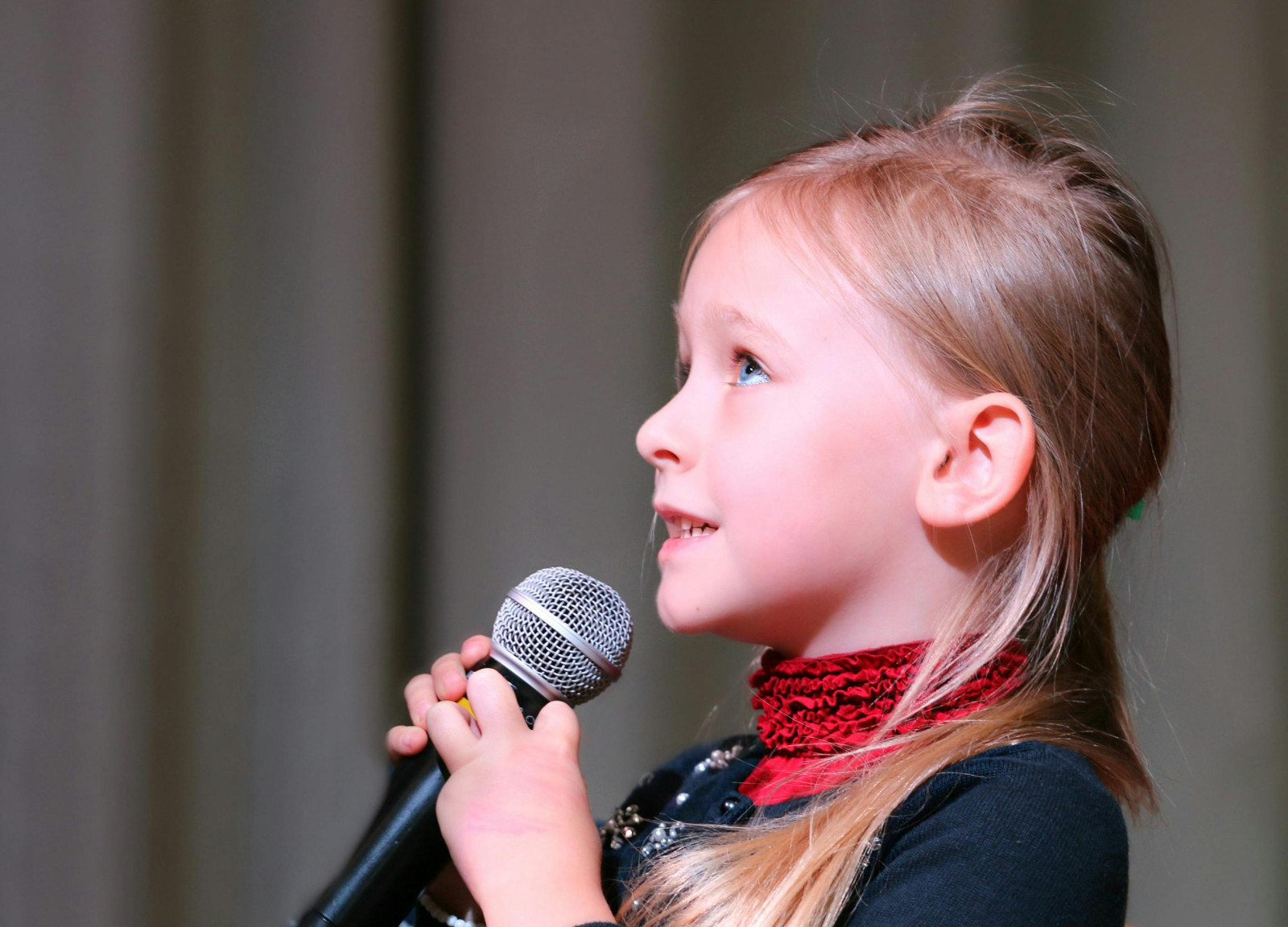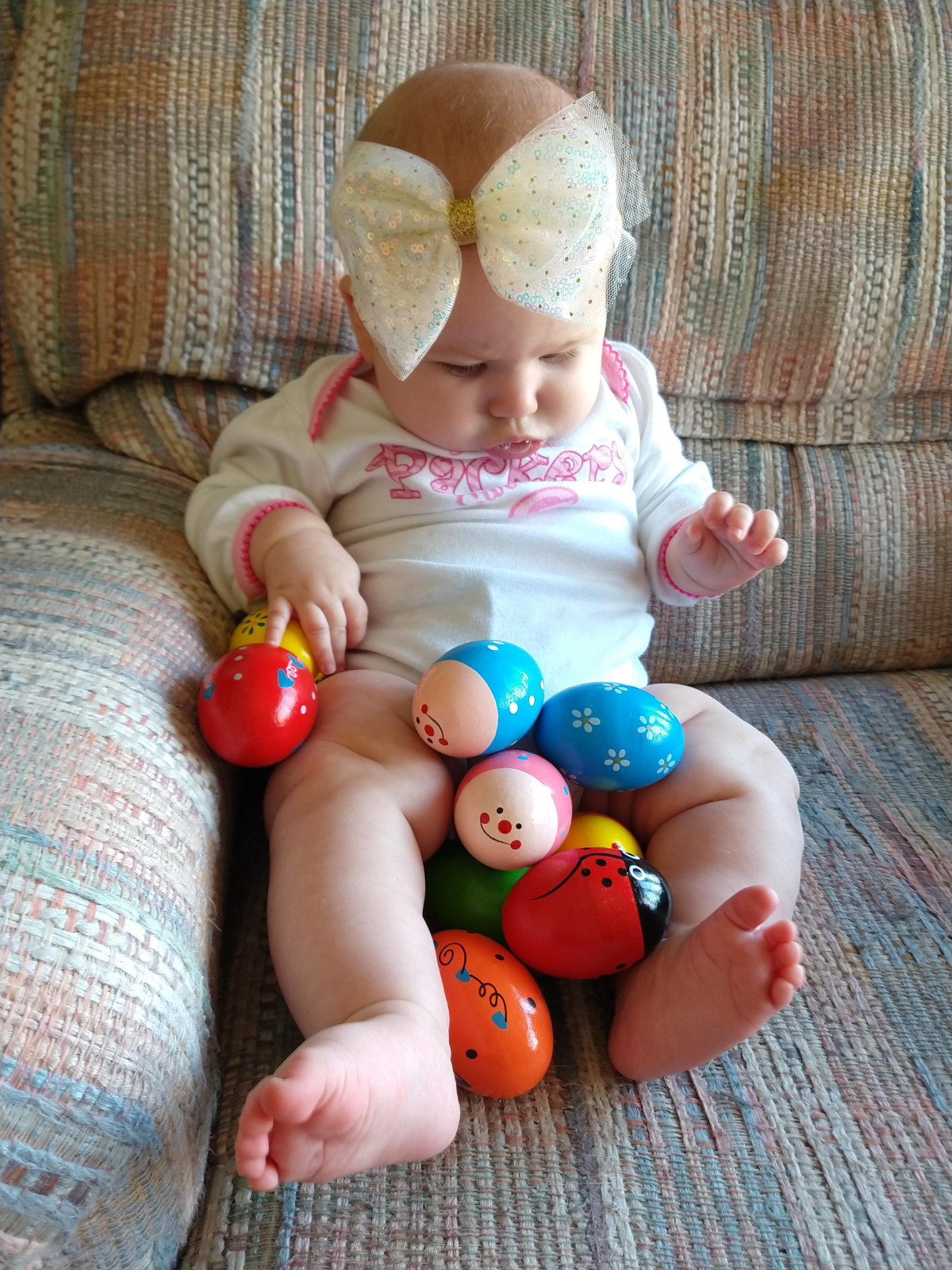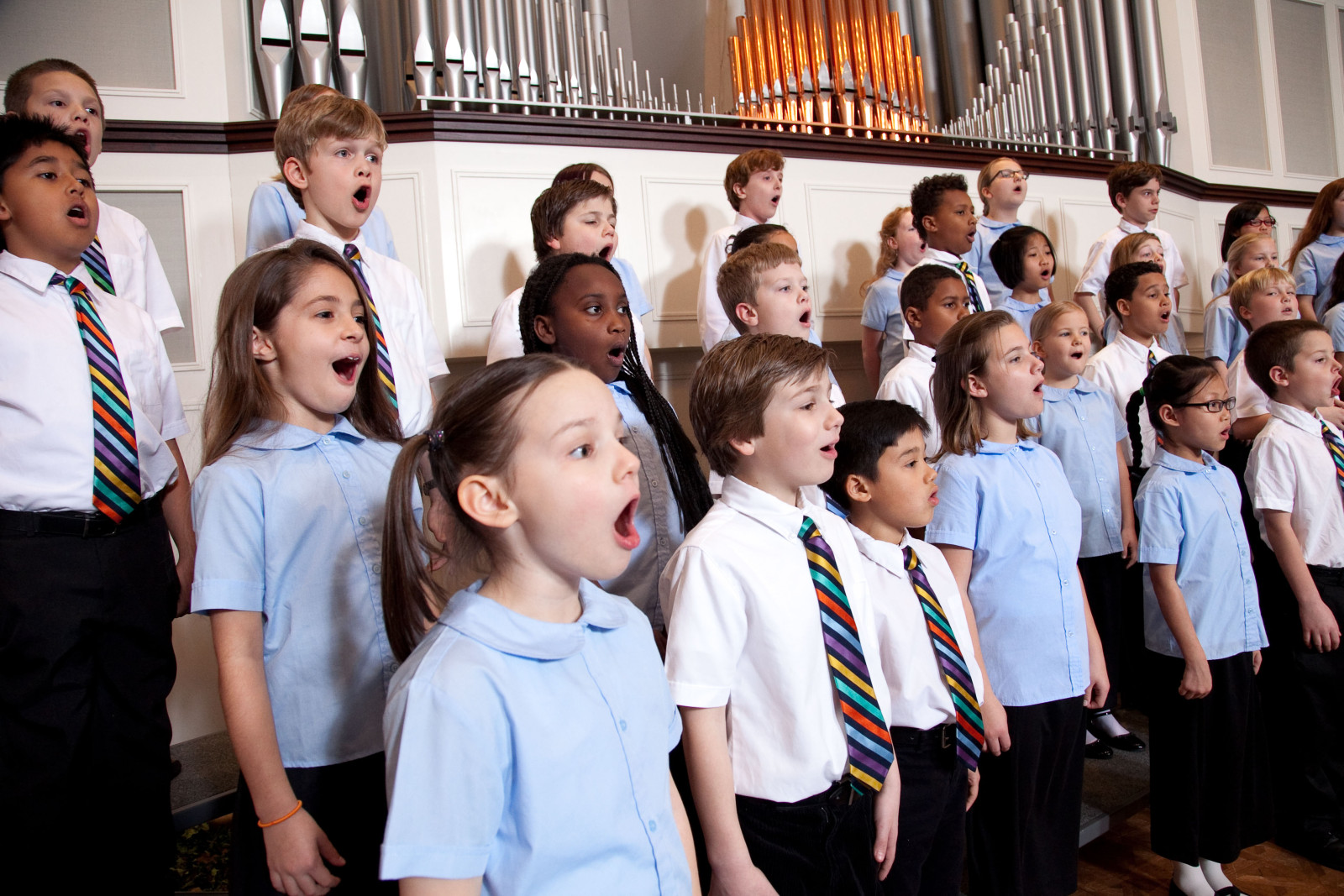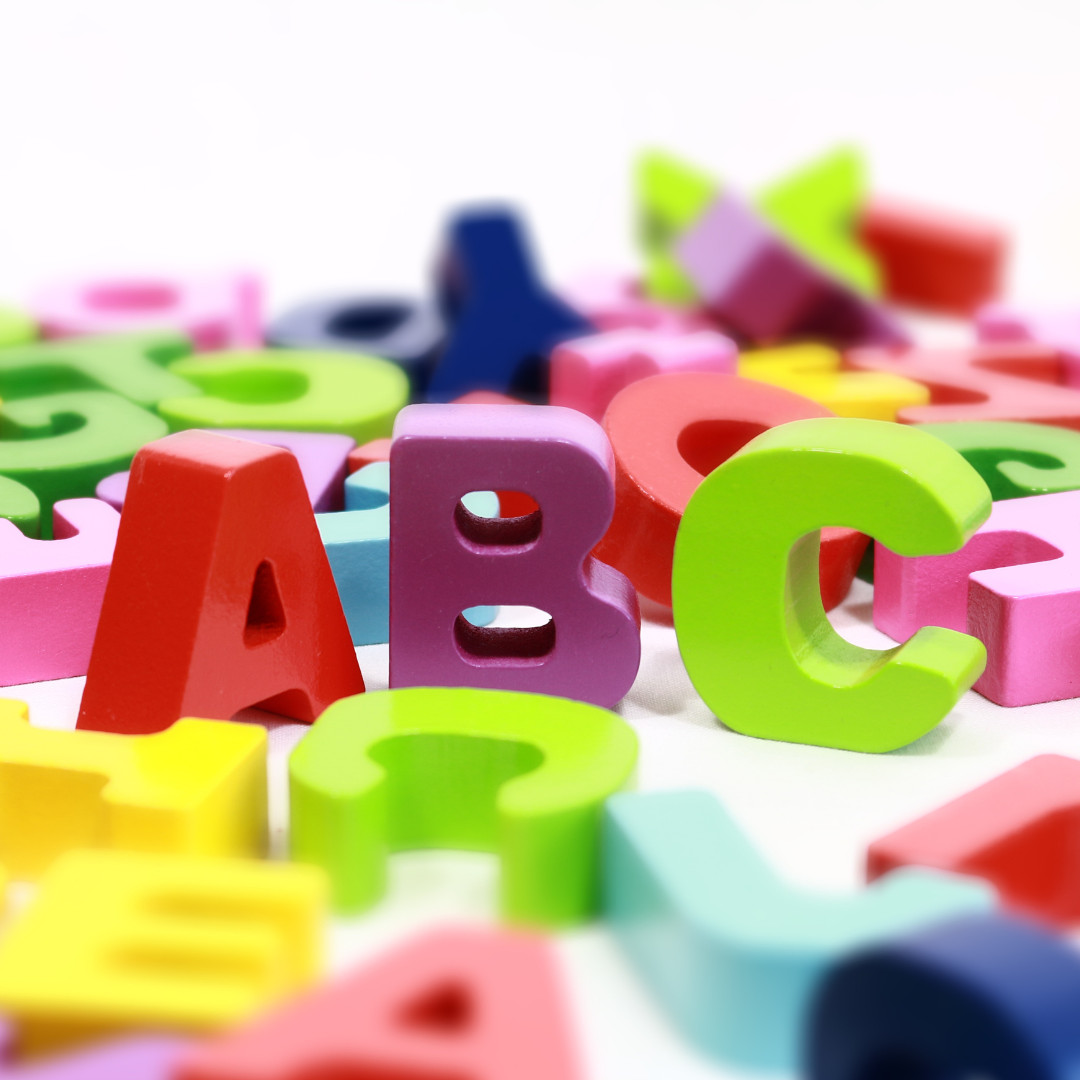
Music is a magical tool for early childhood development, offering numerous benefits that enhance creativity, social skills, and emotional expression. Engaging in musical activities is not just fun; it’s a fantastic way to support the growth of kindergarteners. Whether you’re a parent looking for entertaining activities at home or an educator seeking new ideas, here are eight delightful musical activities that will captivate young learners and enrich their experiences!
1. Sing-Along Sessions: Harmonizing Young Voices
There’s something magical about singing together! Organizing sing-along sessions is a powerful way to help children improve their language skills and expand their vocabulary. Choose a mix of nursery rhymes and popular children’s songs that they love.Don’t worry if you’re not a professional singer – your enthusiasm is what counts! Encourage children to sing loudly, softly, quickly, or slowly. This variation helps them understand rhythm and pitch. Remember, repetition is key for young learners, so don’t hesitate to sing their favorites over and over again.
2. Instrument Exploration: A Symphony of Discovery
Introducing children to musical instruments is like opening a treasure chest of sounds. From the gentle chime of a xylophone to the energetic shake of maracas, each instrument offers a unique sensory experience. This hands-on exploration develops fine motor skills while laying the foundation for understanding rhythm and melody.Set up an "instrument station" at home. Include a variety of percussion instruments like tambourines, drums, and shakers. Allow children to freely explore the sounds each instrument makes. You can even create a DIY instrument-making session using household items!
3. Movement and Dance Activities: Grooving to the Beat
Get those little bodies moving! Dance activities are a fantastic way to combine music with physical exercise. Play different genres of music – from classical to pop – and encourage children to move their bodies in response to what they hear. Try "freeze dance" games where kids dance when the music plays and freeze when it stops. This activity enhances listening skills, promotes physical coordination, and is just plain fun! You can also introduce simple choreographed moves to popular children's songs, helping kids follow instructions and work on their memory skills.
4. Musical Storytime: Tales That Sing
Who says stories can only be read? Bring storytelling to life with music! Choose books that have musical themes or incorporate songs into your regular storytime (if you need some ideas, check out some of my recommendations in the upcoming Classical Collective Membership). You can use instruments or your voice to create sound effects that match the story's events. For example, when reading "We're Going on a Bear Hunt," use different instruments to represent various obstacles in the story. This multisensory approach not only makes the story more engaging but also helps with comprehension and memory retention.
5. Rhythm Games: Keeping the Beat
Rhythm games are an excellent way to develop a sense of timing and improve concentration. Start with simple clapping games where children repeat patterns after you. Gradually introduce more complex rhythms and incorporate body percussion (stomping, patting knees, snapping fingers). A fun game to try is "Pass the Rhythm." Sit in a circle and start a simple pattern. Each child takes turns adding a new element to the rhythm, creating a collaborative musical piece. This activity encourages active listening and teamwork.
6. Music and Art Integration: A Canvas of Sounds
Combine the visual and auditory senses by integrating music with art projects. Play different styles of music while children paint or draw, encouraging them to express how the music makes them feel through their artwork.Try a "music painting" activity where you play various songs and have children use different colors to represent the emotions or images the music evokes. This not only fosters creativity but also helps children make connections between different forms of artistic expression.
7. Karaoke Fun: Spotlight on Confidence
Set up a simple karaoke station at home. It doesn't need to be fancy – a microphone (even a pretend one) and a speaker will do. Let children take turns singing their favorite songs.Karaoke is more than just entertainment; it's a confidence booster. It helps develop public speaking skills, encourages self-expression, and promotes social interaction as children cheer each other on. Don’t forget to join in – your participation will encourage even the shyest children to give it a try!
8. Music and Movement Circle Time: Learning in the Round
Incorporate music into your daily routine. Start with songs that involve actions or movements, like "Head, Shoulders, Knees, and Toes" or "If You're Happy and You Know It." These songs reinforce body awareness and following instructions.You can also use music to signal transitions between activities. For example, play a cleanup song when it's time to tidy up, or a goodbye song at the end of the day. This makes routines more enjoyable and helps children anticipate what comes next.
Incorporating these musical activities into your daily life creates a vibrant, engaging environment that nurtures a love for music while fostering essential skills. From language development to social interaction, and from physical coordination to emotional expression, music touches every aspect of a child's growth.Remember, the goal is to make learning fun and accessible. Don’t worry about perfection – enthusiasm and consistency are what matter most. By exploring these eight musical activities, you're not just teaching children about music; you're opening up a world of creativity, expression, and joy that will resonate with them for years to come.
So, grab those instruments, clear some space for dancing, warm up your singing voice, and let the musical adventure begin! Your kindergartener is about to embark on a harmonious journey of discovery and fun. Who knows? You might even rediscover your own love for music along the way.















